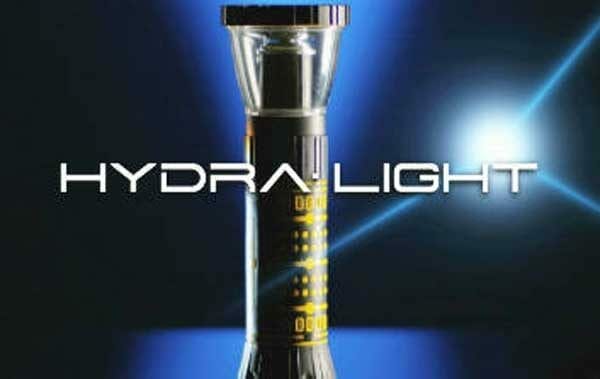
USA -(Ammoland.com)- Whether it’s the end of civilization – or just a hurricane on the way – you need to be prepared with the right provisions and the right tools, such as a sunlight-heated oven, a water-powered flashlight or some other device that could be the difference maker when modern conveniences fail you.
Otherwise, when the power goes out, the food supply dwindles and gasoline becomes a scarce commodity, you’ll be struggling just to survive.
“When an emergency happens, you want to make sure you and your family are ready and prepared to minimize disruptions to your way of life,” says Gary Sandberg, a passionate prepper and preparedness enthusiast who often teaches church groups and neighborhood communities how to be ready for any emergency situation.
Preppers sometimes focus on end-of-the-world scenarios and are determined to survive if civilization devolves into a Mad Max or Hunger Games-style existence. But they also are ready for less-dramatic yet still serious natural disasters, such as hurricanes or floods.
They say prepping doesn’t always have to be about “the end of the world;” just “the end of the world as we know it.”
“We’ve seen in Puerto Rico how devastating a natural disaster can be and how people can be placed in dire straits for a long period of time,” Sandberg says.
To be prepared when catastrophe strikes, he says a few basic needs everyone should consider or stock up on include:
- Light sources. A standard flashlight with charged or fresh batteries can be stored in a closet or pantry so you are ready when a blackout happens. But because traditional batteries are hard to come by in an emergency, preppers consider other options as well. Sandberg, for example, recently became aware of a water-powered flashlight called Hydralight, which can also be converted into a lantern. The Hydralight comes with a fuel cell that is dipped into any type of water for 10 to 12 seconds and placed back inside the flashlight. One dip in the water can provide 100 continuous hours of light.
- Cooking options. When the power goes out, so does your stove if it runs on electricity. That’s why having a backup cooking plan is important. “Luckily, there are a number of options for handling this problem,” Sandberg says. One of the most common is the propane grill, which many families already use for their backyard barbecues. A couple of other possibilities are a sun oven, which cooks using natural sunlight, and a Dutch oven, which can cook a full family meal with 24 charcoal briquettes. And best of all, Sandberg says, is a stove called an InStove that uses a handful of sticks to cook a full meal during an emergency situation.
- Food and water storage. FEMA recommends storing enough food and water for at least two weeks in case of an emergency, and preppers often are looking at even longer periods of time. Foods that require no refrigeration, water, special preparation or cooking are the best bets. As noted before, though, there are cooking options even when the power goes out. With water, store at least one gallon per person for each day. A family of four planning for a two-week emergency, for example, would need 56 gallons of water for drinking, food preparation and hygiene.
“Prepping isn’t just about a doomsday scenario,” Sandberg says. “Whether it’s a hurricane, an earthquake, a winter storm or something even more treacherous, you and your family will be much safer and better off if you are prepared.”

About Gary Sandberg:
Gary Sandberg is a passionate prepper and preparedness enthusiast. He has taught hundreds of church groups and neighborhood communities, sharing ways to become prepared and ready before and during an emergency situation. When he’s not prepping, Sandberg is busy raising two teenage daughters and helping them succeed through the day-to-day challenges of going to high school and college.
